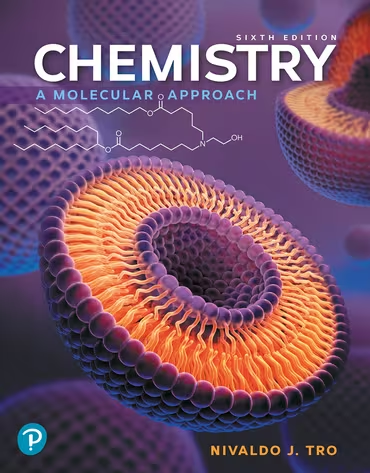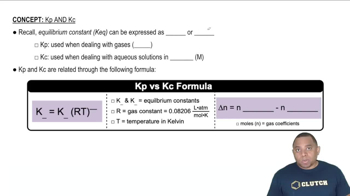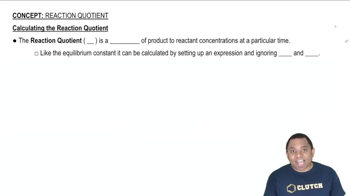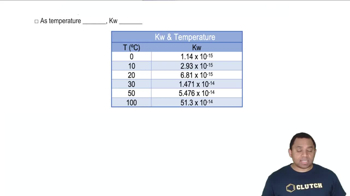Here are the essential concepts you must grasp in order to answer the question correctly.
Equilibrium Constant (Kp and Kc)
The equilibrium constant (K) quantifies the ratio of the concentrations of products to reactants at equilibrium. Kp is used for gas-phase reactions and is expressed in terms of partial pressures, while Kc is based on molar concentrations. The relationship between Kp and Kc is given by the equation Kp = Kc(RT)^(Δn), where Δn is the change in moles of gas.
Recommended video:
Reaction Quotient (Q)
The reaction quotient (Q) is a measure of the relative amounts of products and reactants present in a reaction at any point in time. It is calculated using the same formula as K, but with current concentrations or pressures. Comparing Q to K helps determine the direction in which a reaction will proceed to reach equilibrium.
Recommended video:
Temperature Dependence of K
The value of the equilibrium constant (K) is temperature-dependent, meaning it can change with variations in temperature. For exothermic reactions, increasing temperature typically decreases K, while for endothermic reactions, it increases. Understanding this dependence is crucial for predicting how changes in temperature affect the position of equilibrium.
Recommended video:
Kw Temperature Dependence

 Verified step by step guidance
Verified step by step guidance


